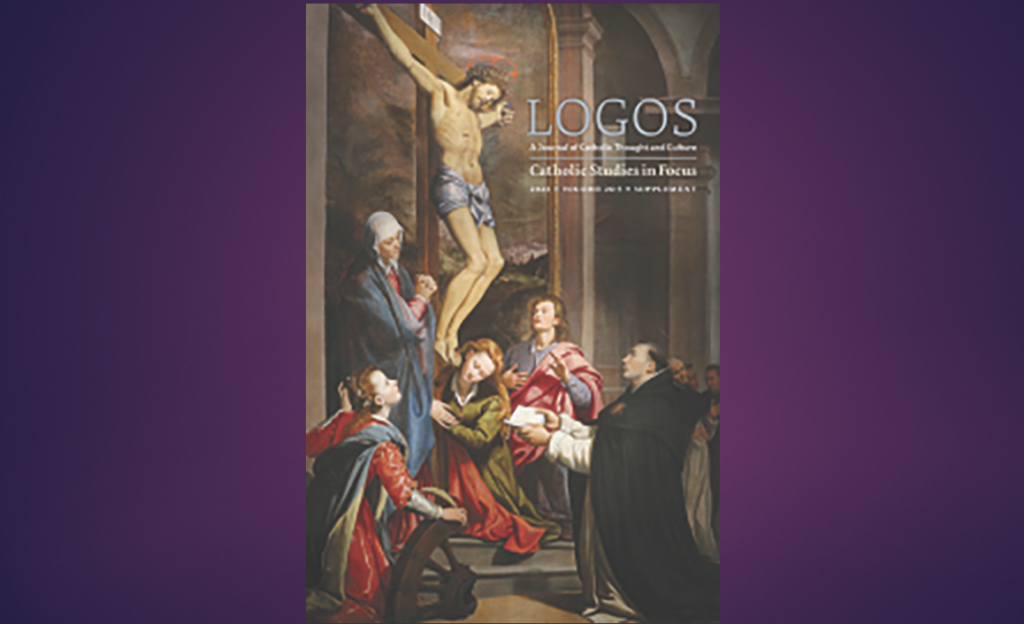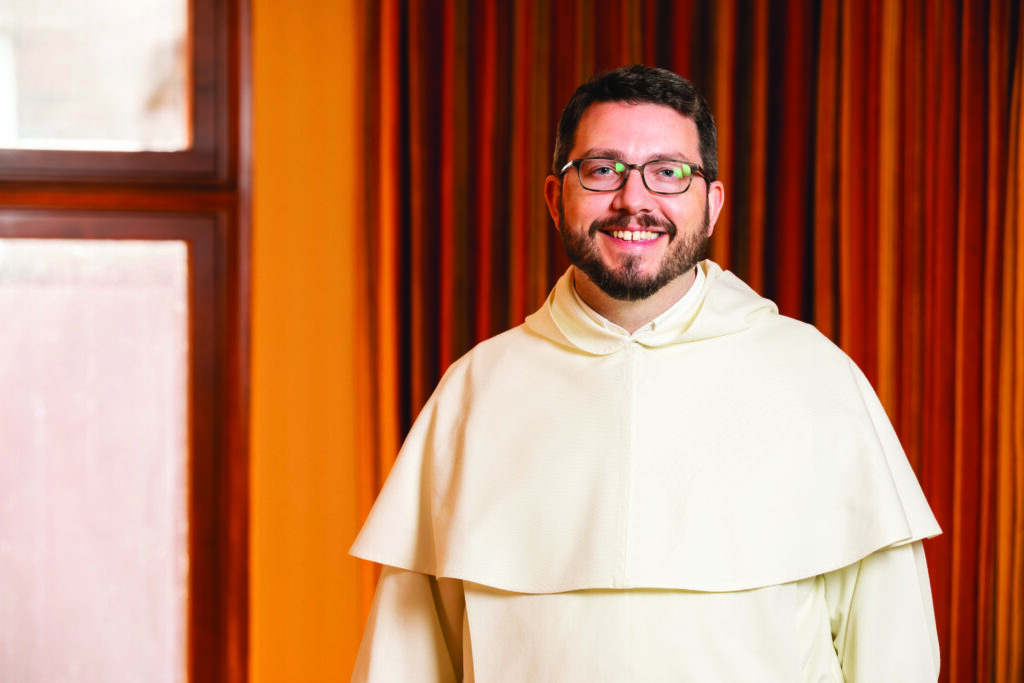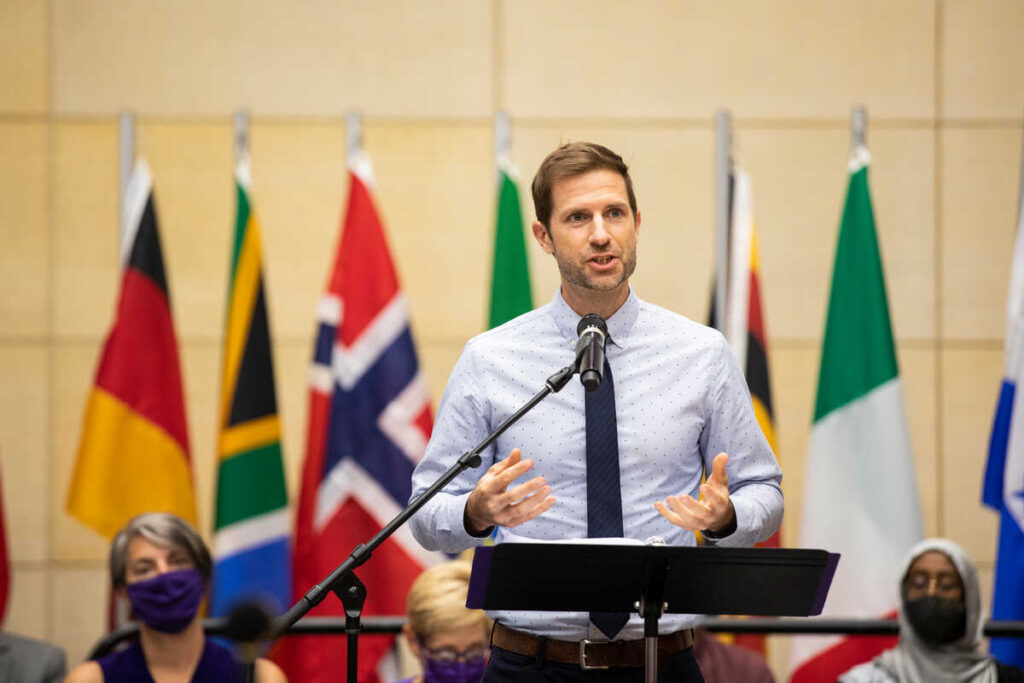The leading authority on the thought and writing of Cardinal John Henry Newman, Father Ian Ker teaches theology at Oxford University and also is a parish priest. Among his many books on Newman is the definitive biography John Henry Newman: A Biography (Oxford University Press, 1989). Ker’s recent books also include The Catholic Revival in English Literature, 1845-1961 (University of Notre Dame, 2003) and Mere Catholicism (Emmaus Road Publishing, 2007). The following are excerpts from his lecture given at the University of St. Thomas on Sept. 15.
It seems certain that John Henry Newman will be beatified some time this year. Of course, it is humanly impossible to be certain if and when he will be canonized, but what it is possible to be certain about is the inevitability, in the event of canonization, that Newman will be declared a Doctor of the Church.
[T]here are also very specific respects in which Newman anticipated the Council documents, as well as almost certainly influencing the actual text of one of them. First and most important is the dogmatic constitution on the Church, Lumen Gentium, which must surely be the foundational document of a Council which was overwhelmingly about the Church herself. Newman knew that the definition of papal infallibility at the First Vatican Council, which was suspended before it could complete its proceedings, would have to be modified by a wider ecclesiology. Besides, his own study of the early Church showed how successive Councils complemented, supplemented [and] completed the teaching of previous Councils. He was confident that there would be another Council sooner or later to place the Petrine office within a larger context. This, of course, was done in the chapter of Lumen Gentium which explains the primacy of the pope as the headship of the whole college of bishops.
Newman’s own cautious ecumenism would have welcomed the “Decree on Ecumenism,” but with some wariness. In particular, I think he would have thought it unrealistic not to be clear about the degree of liberalization and secularization that had overtaken the churches of the Reformation since the nineteenth century. He had hopes of reconciliation between Rome, which he thought should be ready to make concessions, and Anglo-Catholics; but the prospect of full corporate reunion between Rome and Canterbury he dismissed as wholly unrealistic. History has shown how far-sighted he was.
The pastoral constitution on the Church in the modern world, Gaudium et Spes, the most problematic of the Council’s documents, would have had a somewhat mixed reaction from Newman. He would have approved of the desire to engage with the world as opposed to the siege mentality of the Church of Pio Nono. On the other hand, he would surely have been worried about an optimism, not to say Pelagianism, in the document that was inconsistent with the reality of a fallen, sinful world, and for the apparent acceptance of secular autonomy in secular matters in one particular paragraph. The “Declaration on Religious Freedom,” on the other hand, he would surely have seen as a good example of development according to the criteria for genuine developments that he put forward in the Essay on the Development of Christian Doctrine, even though it appeared to Archbishop Lefebvre, most notably, to be a case of a complete volte face on the part of the Church.
When [Newman] looked at the history of the early Church, he was struck by the way the Church “moved on to the perfect truth by various successive declarations, alternately in contrary directions, and thus perfecting, completing, supplying each other.” … Newman was perfectly well aware that conciliar texts do not speak for themselves, but require a great deal of theological interpretation as well as subsequent teaching by the magisterium. They also require assimilation by the whole Church. Councils generally, he thought, threw “the existing theological system” into disorder and inevitably led to acrimonious controversy. False interpretations were to be expected.
When [Newman] looked at the history of the early Church, he was struck by the way the Church “moved on to the perfect truth by various successive declarations, alternately in contrary directions, and thus perfecting, completing, supplying each other.” … Newman was perfectly well aware that conciliar texts do not speak for themselves, but require a great deal of theological interpretation as well as subsequent teaching by the magisterium. They also require assimilation by the whole Church. Councils generally, he thought, threw “the existing theological system” into disorder and inevitably led to acrimonious controversy. False interpretations were to be expected.






